Adventure Travel
Everything you need to know about Colorado national parks
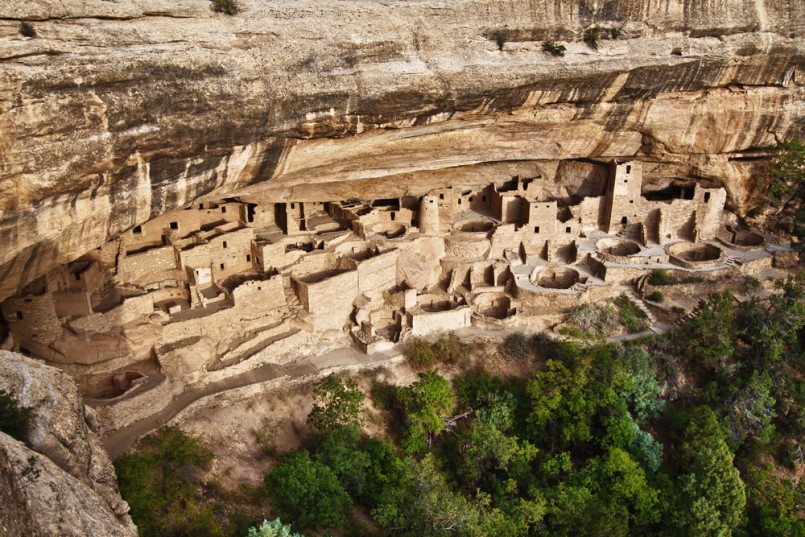
Image: Shutterstock/Alexey Kamenskiy
Everything you need to know about Colorado national parks
The Colorado national parks are some of the most diverse in the country. Plenty of old growth forests are ready to be explored, while desert landscapes provide fascinating geographic features to see. From high altitude lakes in the Rocky Mountains to the massive sand dunes in the south, there’s always a scenic destination nearby for your next adventure. Whether you’re a camper, hiker, backpacker, rock climber, skier, or snowboarder, it’s obvious that Colorado is a mecca for the world of outdoors. And that’s not to mention the culturally significant sites within the National Parks as well.
Ready to get up close and personal with Mother Nature? Start by checking these Colorado national parks off your list!
Mesa Verde
Mesa Verde National Park is a beloved jewel of the southwest region. Tourists from all over the world make the out-of-the-way trek to visit the site each year. Located in the Four Corners region of Colorado, Mesa Verde contains some of the most well-preserved Ancestral Puebloan archaeological sites in the United States. The most iconic site in the park is the remarkably intact cliff dwelling called Cliff Palace, which is the largest of it’s type in the country. Created circa 1190 CE by the Ancestral Puebloans, Cliff Palace’s 23 kivas and 150 rooms remain in varying degrees of preservation to this day. Combined with adjacent Ute Mountain Tribal Park, it’s possible to take guided tours (by Ute Mountain tribal members) of the region’s cave dwellings, petroglyphs, surface sites, and wall paintings. The experience has even been rated by National Geographic Traveler Magazine as one of the “80 World Destinations for Travel in the 21st Century.” Inside the park, rangers guide tours of another popular site: Balcony House. By descending a 32-foot ladder, visitors will discover a series of preserved rooms and kivas dating back to 1278 CE. It’s important to note that Mesa Verde is an extremely important site to the descendents of the Ancestral Puebloans, so visitors should be cautious and respectful upon entering the park. The awe-inspiring remains are precious and must be protected for future generations to experience.
Rocky Mountain
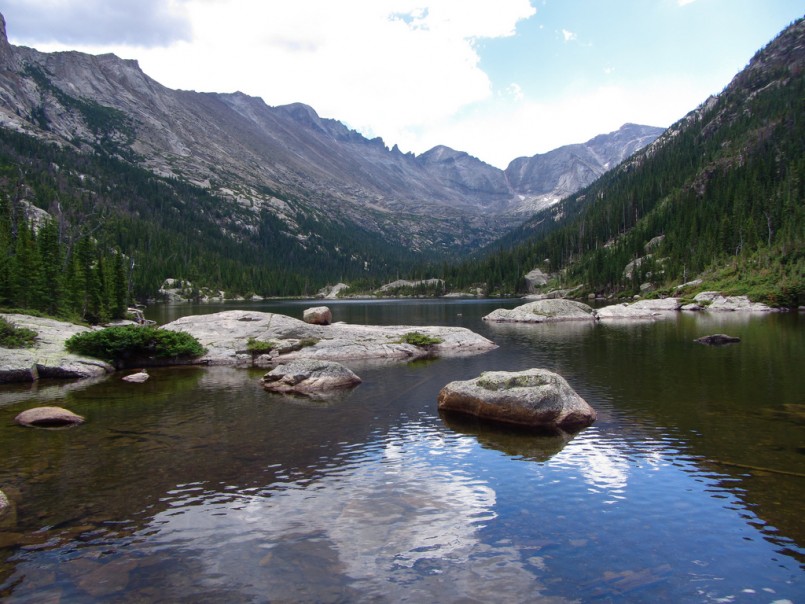
By: Rachel Kramer
One of the most famous places in Colorado, Rocky Mountain National Park is conveniently located near the populous front range cities of Denver, Boulder, and Fort Collins. Containing a network of more than 349 trails and dozens of backcountry campsites, hiking and overnight backpacking trips are a tried and true activity within the park. For the more faint of heart, it’s easy to experience the splendor of the cascading mountains by cruising Trail Ridge Road. In recent years, rock climbing has become an incredibly popular attraction at Longs Peak, Lumpy Ridge, and Hallett Peak. During the winter, many people enjoy backcountry skiing on the lofty peaks, while others use the extensive trails to snowshoe and cross country ski. If you’re interested in joining in on the fun, be sure to visit one of five visitor centers or the park headquarters at Beaver Meadows Visitors Center, which is on the National Historic Landmark registry. To reach the park, use one of three access points: US Highway 34, US Highway 36, and State Highway 7. Remember to use caution when snow is present—you can check highway conditions on the Colorado Department of Transportation website.
Great Sand Dunes
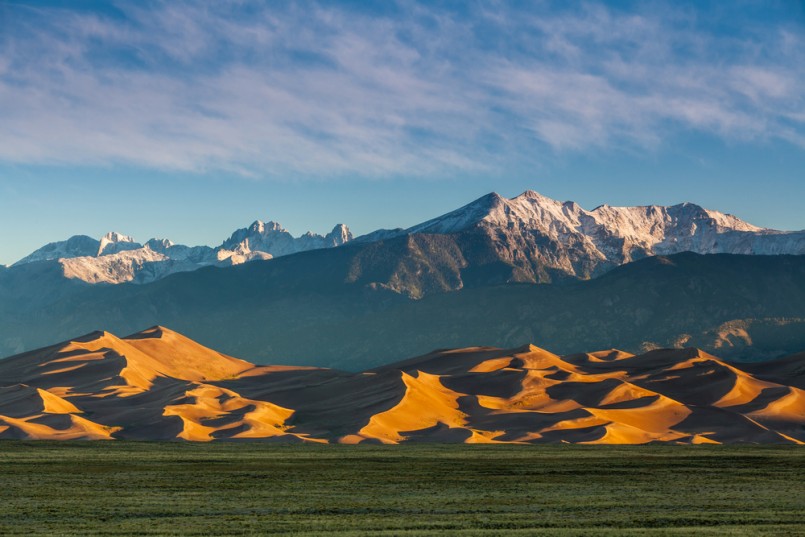
Image: Shutterstock/f11photo
When you think of Colorado, the image of great sandy expanses comparable to the Sahara don’t exactly come to mind. But if you look further into Colorado’s unique national parks, you’ll note this hidden gem on the southern border of the state. Great Sand Dunes National Park rises above the surrounding geography, with 750 foot dunes rising above the San Luis Valley floor. Located at the western base of the Sangre de Cristo Range in Alamosa and Saguache Counties, the Great Sand Dunes attract thousands of visitors throughout the year. Strangely enough, the supermassive dunes (the tallest in the United States) are relatively young—formed less than 440,000 years ago. The dunes were created when sand and soil deposits were carried along the Rio Grande from its origin glaciers and into the lake that filled the San Luis Valley. Throughout the years, the lake dried up and the glaciers melted, leaving loose soil deposits across the area. This meant the deposits were susceptible to strong westerly winds, which eventually carried the sediment back towards the Sangre de Cristo Range.
In the wake of this geographic shift, the large dunes were slowly compiled over time, leaving the striking modern-day site. In fact, the region is still so windy, the dunes are constantly morphing. Many visitors notice the strong blow of sediment upon hiking the tops of the dunes, so it’s recommended that you wear protective clothing. Whether you spend the day exploring the lofty dunes or pick a spot to overnight camp, the Great Sand Dunes National Park is an exceptional place to visit in Colorado.
Black Canyon of the Gunnison
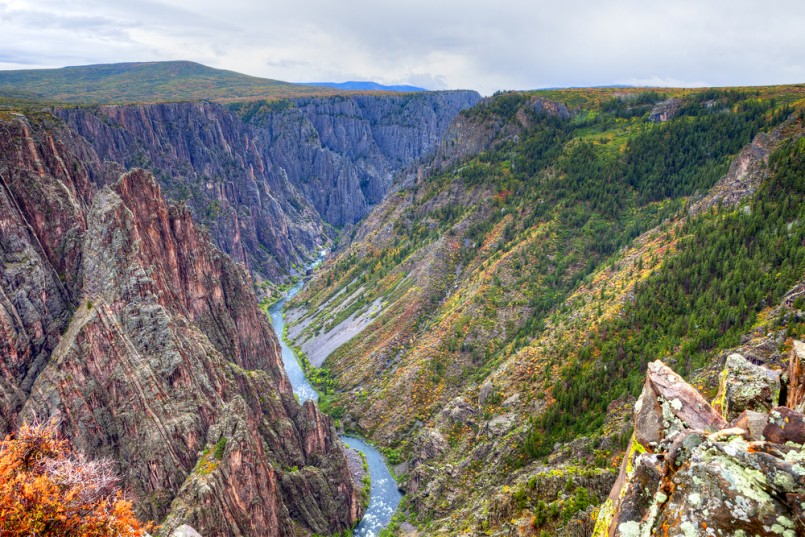
Image: Shutterstock/Anton Foltin
If you want to visit Black Canyon of the Gunnison National Park, you’re going to have to work for it! Luckily, it’s hard-to-reach locale is part of it’s appeal. You’re pretty much guaranteed a quiet experience within the park. So what’s this little-known place near Montrose all about? Think of the unbelievably deep gorge at the Grand Canyon, now picture it in an alpine location within Colorado. The Black Canyon of the Gunnison is just that! Carved out over millions of years, the Gunnison River created this overwhelming and unexpected gorge. A favorite activity in the park is the scenic drive on US Highway 50 and Colorado Highway 92, which takes visitors over the rim of the gorge. The westernmost portion of Black Canyon (at Blue Mesa Point) is developed particularly well for camping, with tent sites and RV hookups. The Blue Mesa Reservoir is also nearby for fishing, boating, and swimming. If you’re interested in hiking, you’ll find trailheads at both Blue Mesa Point and the South Rim of the park. Camping is also permitted within the canyon, but a permit is required, as well as the experience to assess your physical health and precarious river levels. Always remember that nature changes quick in desert alpine regions, so always be aware of your surroundings.


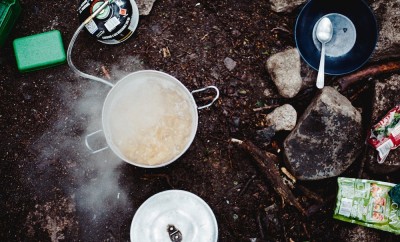
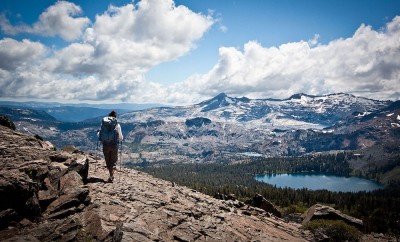

0 comments